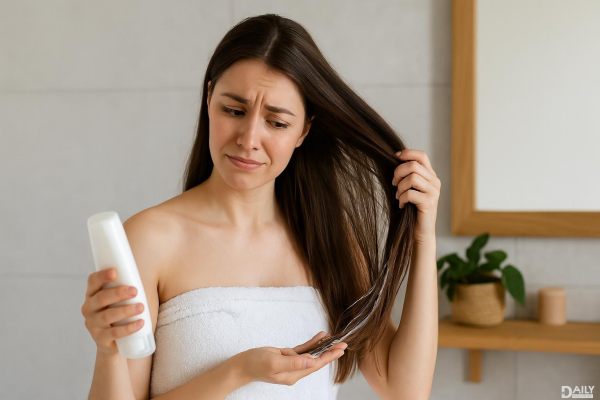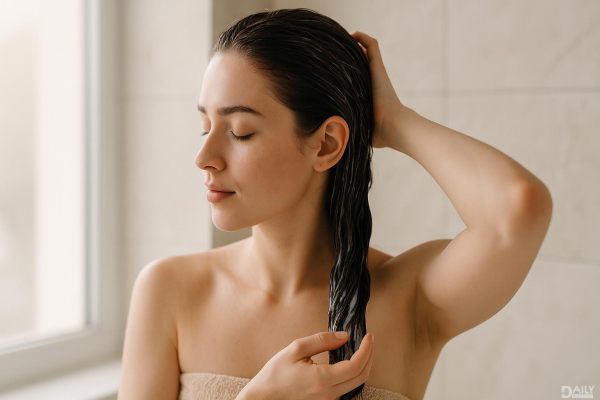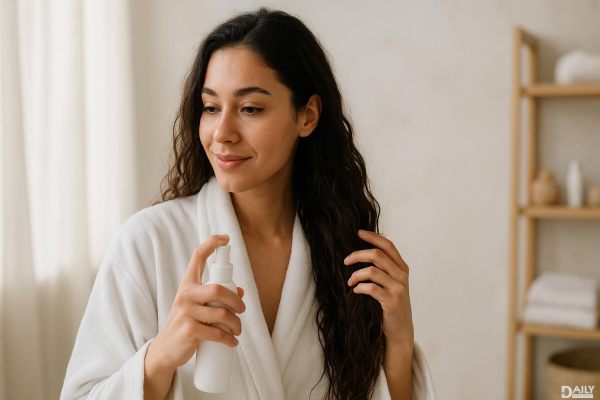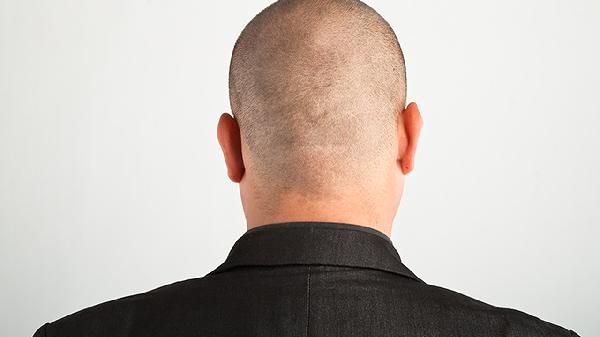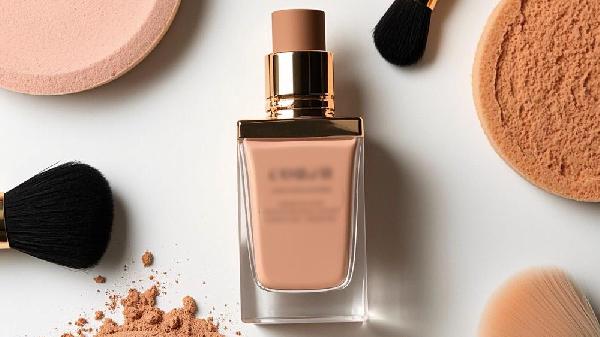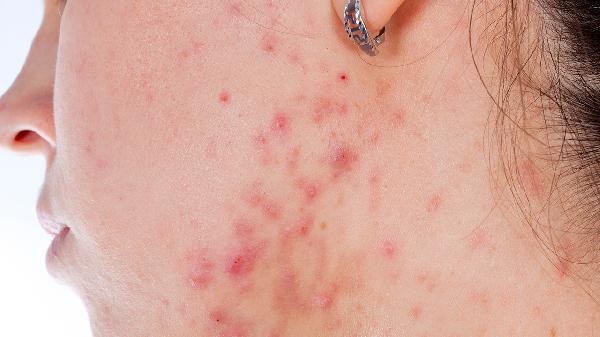Maintaining the vibrancy of freshly dyed hair can be a challenge, as the color often fades quickly, turning into a dull, yellowish hue. To prevent this, it's essential to adopt proper hair care practices post-coloring. This includes using cooler water for washing, minimizing the use of heat styling tools, and selecting specialized hair care products designed for color-treated hair. Understanding the reasons behind color fading and avoiding common hair dyeing misconceptions are also crucial for preserving your hair's health and color.

Preventing Hair Color Fade
1. Opt for Cooler Water
Washing your hair with cooler water can significantly reduce color loss. Hot water opens up the hair cuticles, allowing the color to wash out more easily. Stick to lukewarm or cool water to keep the cuticles sealed and the color intact.
2. Use Heat Styling Tools Wisely
Heat styling tools like curling irons and straighteners can strip away hair color. Always apply a heat protectant before using these tools to create a barrier that shields your hair from heat damage. Avoid repeatedly applying heat to the same section of hair to prevent moisture and color loss.
3. Choose the Right Hair Care Products
Avoid washing your hair immediately after dyeing to allow the color to set. When you do wash, use shampoos and conditioners specifically formulated for color-treated hair. These products help repair damage, strengthen hair, and lock in color. Remember to apply conditioner only to the hair strands, not the scalp.
Causes of Hair Color Fade
1. Seasonal Changes
Color fading is a natural process, and it can be more pronounced in summer due to higher temperatures, increased sun exposure, and more frequent washing. These factors can accelerate the loss of hair color.
2. Washing Habits
Rinsing your hair can wash away the dye, especially if you use hot water. The warmer the water, the more color it strips away. Opt for cooler water and reduce the frequency of washing to maintain your hair color.
3. External Factors
Daily activities like brushing, heat styling, and environmental pollutants can contribute to color fading. These factors can open up the hair cuticles, allowing the color to escape.
Common Hair Dyeing Misconceptions
Misconception 1: Dyeing Only Affects the Hair Surface
Many believe that hair dye only coats the outer layer of the hair, causing minimal damage. In reality, dyeing involves opening the hair cuticles to allow color pigments to penetrate deeply. This process can weaken the hair structure, making it essential to follow up with proper care to restore the cuticles.
Misconception 2: Frequent Touch-Ups Are Necessary
While it's true that hair color can fade quickly, frequent dyeing can exacerbate hair damage. Over-dyeing can leave the cuticles permanently open, leading to increased color loss and hair breakage. It's advisable to wait at least six to eight weeks between dyeing sessions to allow your hair to recover.
Misconception 3: Regular Shampoos Are Sufficient
Standard hair care products may not provide the necessary nourishment for color-treated hair. Specialized shampoos and conditioners with acidic formulations can neutralize the alkaline residues left by hair dyes, repairing damage from within and restoring hair health.
Nourishing Your Hair from Within
Repairing damaged hair requires more than just topical treatments. A balanced diet rich in proteins, vitamins A and B, and iodine can promote hair health from the inside out. Foods like walnuts, sesame seeds, black beans, shepherd's purse, carp, and oranges can provide essential nutrients to strengthen and revitalize your hair.
Conclusion
To maintain your hair color and health, invest in quality hair care products and adopt a gentle hair care routine. Avoid frequent dyeing and give your hair time to recover between treatments. By understanding the causes of color fade and debunking common myths, you can enjoy vibrant, healthy hair for longer.
